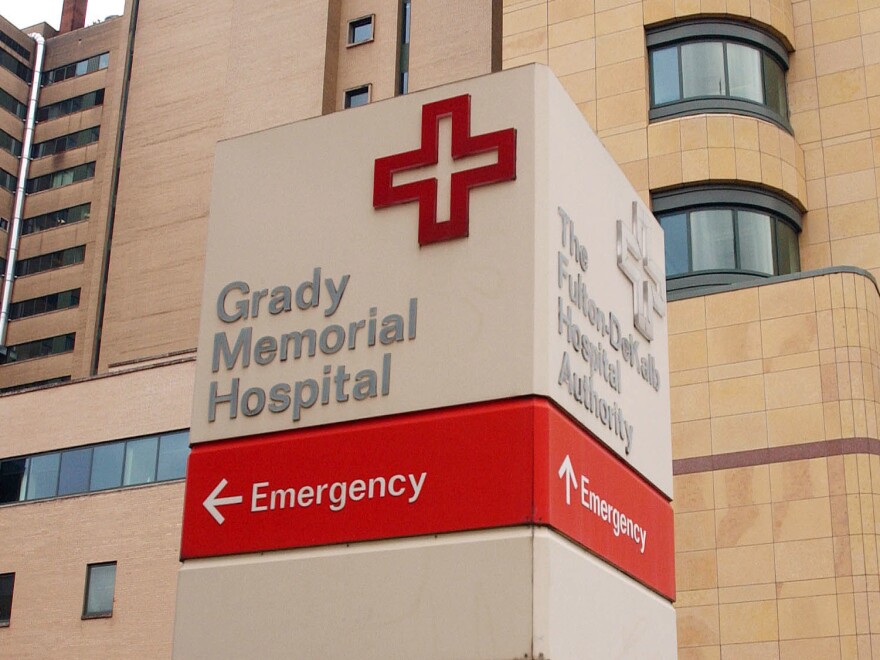A public health crisis.
That is what trauma surgeon Elizabeth Benjamin calls gun violence in the United States.
"There's just too many guns," she said. "Too many people are getting shot, getting injured, and it is a true public health crisis."
Benjamin is the trauma medical director at Grady Memorial Hospital in downtown Atlanta. It's a certified level one trauma center – which means that they're equipped to deal with some of the worst injuries. And it is one of the busiest trauma centers in the country.
Grady's trauma center specifically sees a lot of "penetrative wounds," like gunshot wounds and stabbings.
Benjamin said she cannot recall a shift at the trauma center where they didn't treat at least one patient suffering from a firearm inflicted injury.
"The number of gunshot wound victims has increased significantly over the last decade, and it really has become a nightly occurrence," she said.
While mass shootings take a horrific toll, day-to-day violence, suicides, and accidents make up a large majority of the injuries and deaths caused by guns.
In 2020, more than 45,222 people in the U.S. died from firearms, according to the Centers for Disease Control. That comes out to about 124 deaths a day.
In comparison, CDC data shows that about 40,000 died in the U.S. due to motor vehicle related deaths the same year.
And 79% of all homicides in 2020 involved firearms – the highest rate in more than 25 years, also according to CDC analysis.

What these statistics don't tell you
The statistics don't take into consideration the large number of Americans that are shot and survive.
"So many people talk about, 'Oh, somebody was lucky. They only had this injury,'" Benjamin said. "I mean, they were still shot. There's nothing lucky about that."
Benjamin said there were two major implications of surviving a shooting: mental and physical.
Even if people fully recover from the physical trauma, she said that most people still suffer a great deal of psychological harm, sometimes for the rest of their life.
When it comes to physical harm, there's a massive range of serious, lifelong health challenges people endure as a result of a firearm related injury.
"We have patients that come in that are paralyzed, you know, paraplegic, quadriplegic," she said. "They'll lose a limb. They'll have massive changes to their liver function, their internal organs."
"Their entire life changes in an instant. They'll be dealing with the repercussions of those injuries for possibly the rest of their life ... The impact is really difficult to quantify."
After years of working with trauma patients, when asked if she can see a time when gun violence may not be such a major problem in the United States, Benjamin said yes. That's why she continues doing the work that she does.
"I don't do this job to keep treating victims of gun violence," she said. "You know, a huge part of our job is violence prevention ... I have to believe that there's a chance to really decrease this burden and this health care crisis."
Copyright 2022 NPR. To see more, visit https://www.npr.org.






